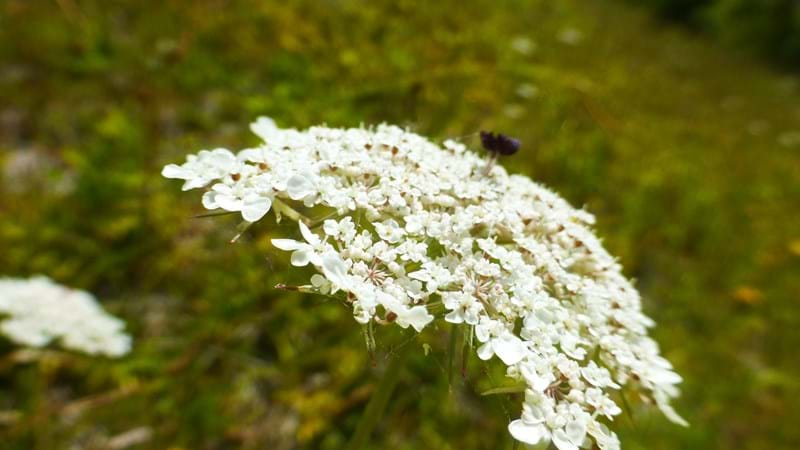National Garden Wildlife Week
Published
01 Jun 2021
It’s the start of National Garden Wildlife Week 2021 (31st May – 6th June) and we're sharing activities to get you and your family out into the garden, to explore the British wildlife.

Share this article
With the weather (mostly) improving and many schools breaking up for the May half term holiday, we wanted to share some fun activities you could do to support wildlife in your garden throughout the week.
These top tips come from our A303 Stonehenge Ecology Team, who are working to protect and improve local habitats and wildlife across the Salisbury Plain. Part of this work includes creating more than 300 acres of new chalk grassland, and reconnecting Stonehenge to the wider Plain.
1. Who’s using your garden?
As the seasons change, it’s a good idea to take a note of the wildlife living in your garden. Pop out and list the things you can spot. Everything from the smallest insects, like ants and ladybirds, to the bigger mammals some of us are lucky enough to be neighbours with, supports the ecosystem in your garden in some way. Start with a list of everything you can spot – or see evidence of.
If you’re exploring your garden with children, you could get them to draw the wildlife they see and explore the names of what they have found later on.
Once you have your list, put it away somewhere safe. You can come back to it in a couple of months – it’s a great activity for the summer holidays. You’ll see how the wildlife in your garden has changed and if you have any new visitors. This is a really useful way to see if some of the activities below improved the wildlife in your garden.
It’s similar to some of the work our Ecology Team has been doing, recording and exploring the wildlife that live on the Salisbury Plain. They’ve found lots of different butterflies, bees and birds as well as water voles, bats and badgers.
2. Building homes for wildlife in your garden.
There are lots of things we can all do at home to attract wildlife into our gardens. One way is to build new homes out of materials you might find in your recycling box. The World Wide Fund for Nature (WWF) has some great step-by-step guides for building new wildlife homes for the biggest to the smallest of gardens.
For those a bit more adventurous, you could try these creations from The Wildlife Trusts.
The Highways England Ecology Team has been getting to know the wildlife on the Salisbury Plain for a long time now. Their knowledge of the wildlife that call the Plain their home is helping to increase biodiversity by creating new wildlife habitats that are the perfect homes for the animals and insects who live there.
3. Supporting wildlife in your garden.
Key to supporting new and old wildlife in your garden is to make sure there is enough food available. You can do this by planting wild flowers or by making a feeding station.
Usually people grow flowers for their own enjoyment, but their colour and perfume are really the plants’ way of attracting insects. To help attract and feed a good supply of insects from spring through to autumn you can plant shrubs and plants that flower at different times of the year.
Wildlife Watch has a great table to show you which plants to seed when, and which insects they attract.
When choosing your new planting to feed insects, the Bat Conservation Trust recommends:
- Flowers that vary in colour, fragrance, and shape
- Pale flowers that are more easily seen in poor light. These can attract insects at dusk
- Flowers with insect-friendly landing platforms and short florets, like those in the daisy or carrot families.
For those looking for something a bit more hands on, we have found some creative feeders and drinking stations you could make throughout Garden Wildlife week and into summer;
To find out more about how the A303 Stonehenge team are supporting the wildlife on Salisbury Plain, or to share anything you get up to over National Garden Wildlife Week, follow us on:
Twitter: @A303Stonehenge
Facebook: A303 Stonehenge Community
